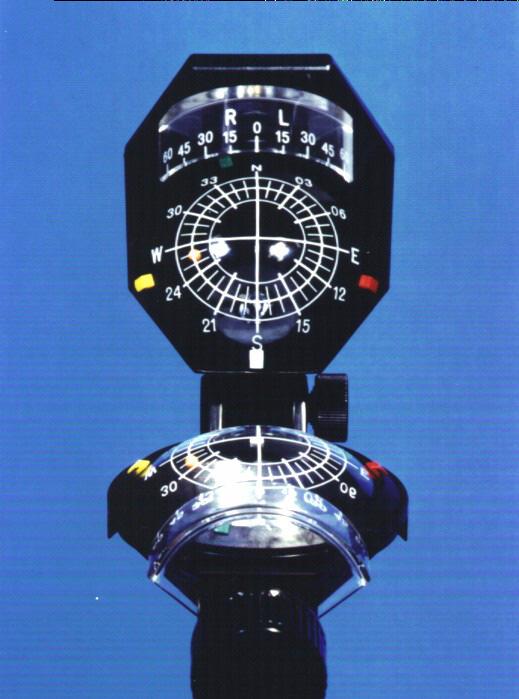Cardiff_Kook
Filing Flight Plan
- Joined
- Dec 31, 2019
- Messages
- 23
- Display Name
Display name:
Cardiff_Kook
Have a 1951 champ ec I want to train and do my ppl check ride in.
I'm told it lacks necessary instrumentation for ppl checkride- namely attitude indicator and heading indicator.
Is it possible to have these installed? Would it be cost prohibitive/stupid to do so as oppossed to just flying check ride in another plane? Would it increase resale value?
Adding picture of current panel (which I probably should have done from beginning)

I'm told it lacks necessary instrumentation for ppl checkride- namely attitude indicator and heading indicator.
Is it possible to have these installed? Would it be cost prohibitive/stupid to do so as oppossed to just flying check ride in another plane? Would it increase resale value?
Adding picture of current panel (which I probably should have done from beginning)
Last edited:

